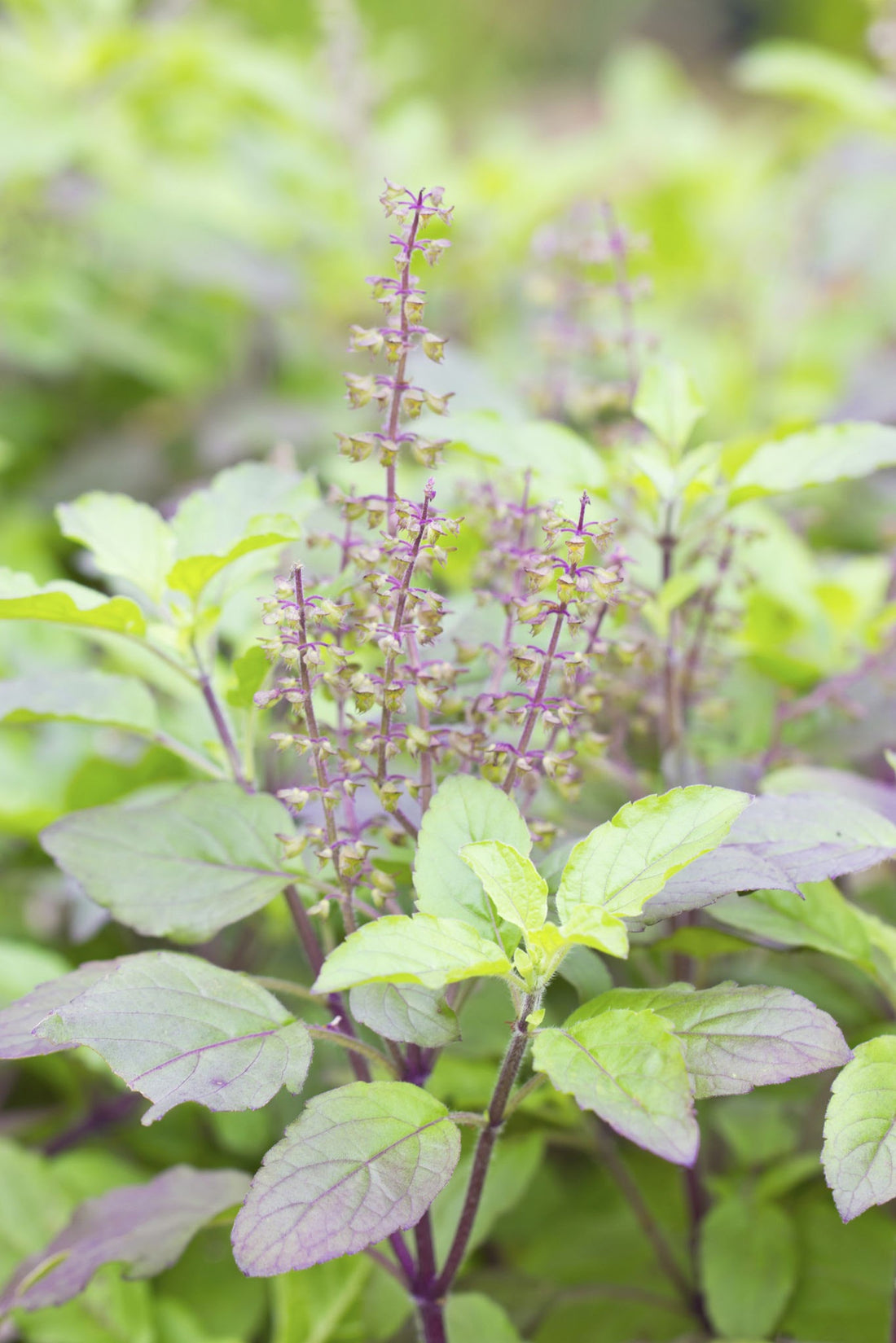Family: Fabaceae (Leguminosae)
Synonym: Mimosa leucophloea
Botanical Name: Acacia leucophloea
Family: Fabaceae (Leguminosae)
Substitute: Acacia catechu (Khair)
Kannada Name: ಅಗಸೆಮರ (Agase Mara)
Hindi Name: रोहिद (Rohida)
Morphology:
Acacia leucophloea is a deciduous tree with a height ranging from 6 to 20 meters. It is characterized by its distinctive white bark. The leaves are bipinnate with small leaflets. The flowers are small, pale yellow, and arranged in globular inflorescences. The fruits are flat pods that contain seeds.
Common Names: Acacia leucophloea is commonly known as "White Bark Acacia," "Koirala," and "Lal Khair."
Flowering Period: The flowering period for Acacia leucophloea typically occurs during the warmer months.
Distribution: Acacia leucophloea is native to various parts of South Asia, including India, Nepal, and Sri Lanka.
Habitat: This tree is commonly found in dry and deciduous forests, as well as in open scrublands.
Uses:
Acacia leucophloea has several traditional and practical uses:
Medicinal Uses: Different parts of Acacia leucophloea, including the bark and leaves, are used in traditional medicine for various purposes, including supporting gastrointestinal health and managing ailments.
Ayurvedic Uses: In Ayurveda, Acacia leucophloea is known for its potential benefits in managing digestive issues, promoting overall wellness, and supporting a healthy lifestyle.
Timber: The wood of Acacia leucophloea is used for construction, furniture, and other practical applications.
Habit:
Acacia leucophloea displays the following characteristics:
It is a medium-sized tree with distinctive white bark.
The leaves of Acacia leucophloea are bipinnate, and the flowers are small and creamy white.
Key Characters in View of Ayurveda:
In Ayurveda, Acacia leucophloea (Lal Khair) is recognized for its potential health benefits:
Taste (Rasa): The bark of Acacia leucophloea is usually bitter (Tikta Rasa) and astringent (Kashaya Rasa).
Energetics (Virya): It is believed to have a cooling energy (Shita Virya).
Post-Digestive Effect (Vipaka): After digestion, it may have a sweet post-digestive effect (Madhura Vipaka).
Medicinal Traits: Acacia leucophloea is known for its potential to support digestion, manage various ailments, and promote overall well-being.
Ayurvedic Shloka:
While there isn't a specific shloka for Acacia leucophloea, a general shloka that reflects the significance of Ayurvedic plants for health could be:
यावदेतान्निदर्शनात् संयमो बन्धनमोक्षयोः।
तावद्देहान्तरसंयमे प्राणायामः ततः क्षणात्॥
Translation:
"Yāvadetānnidarśhanāt saṁyamo bandhanamokṣayoḥ,
Tāvaddhāntarasaṁyame prāṇāyāmaḥ tataḥ kṣhaṇāt."
This shloka emphasizes the importance of inner self-control and practices like pranayama in achieving balance, liberation, and well-being.

